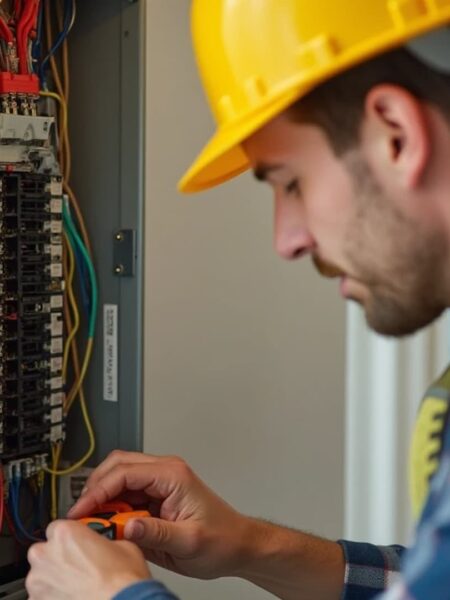Can you hear electricity buzzing around your home? Learn to tell the difference between buzzing noises and normal electrical signs and symptoms.
Can you hear electricity buzzing around your home? Learn to tell the difference between buzzing noises and normal electrical signs and symptoms.
Can you hear electricity buzzing around your home? Learn to tell the difference between buzzing noises and normal electrical signs and symptoms.
Can you hear electricity buzzing around your home? Learn to tell the difference between buzzing noises and normal electrical signs and symptoms.




